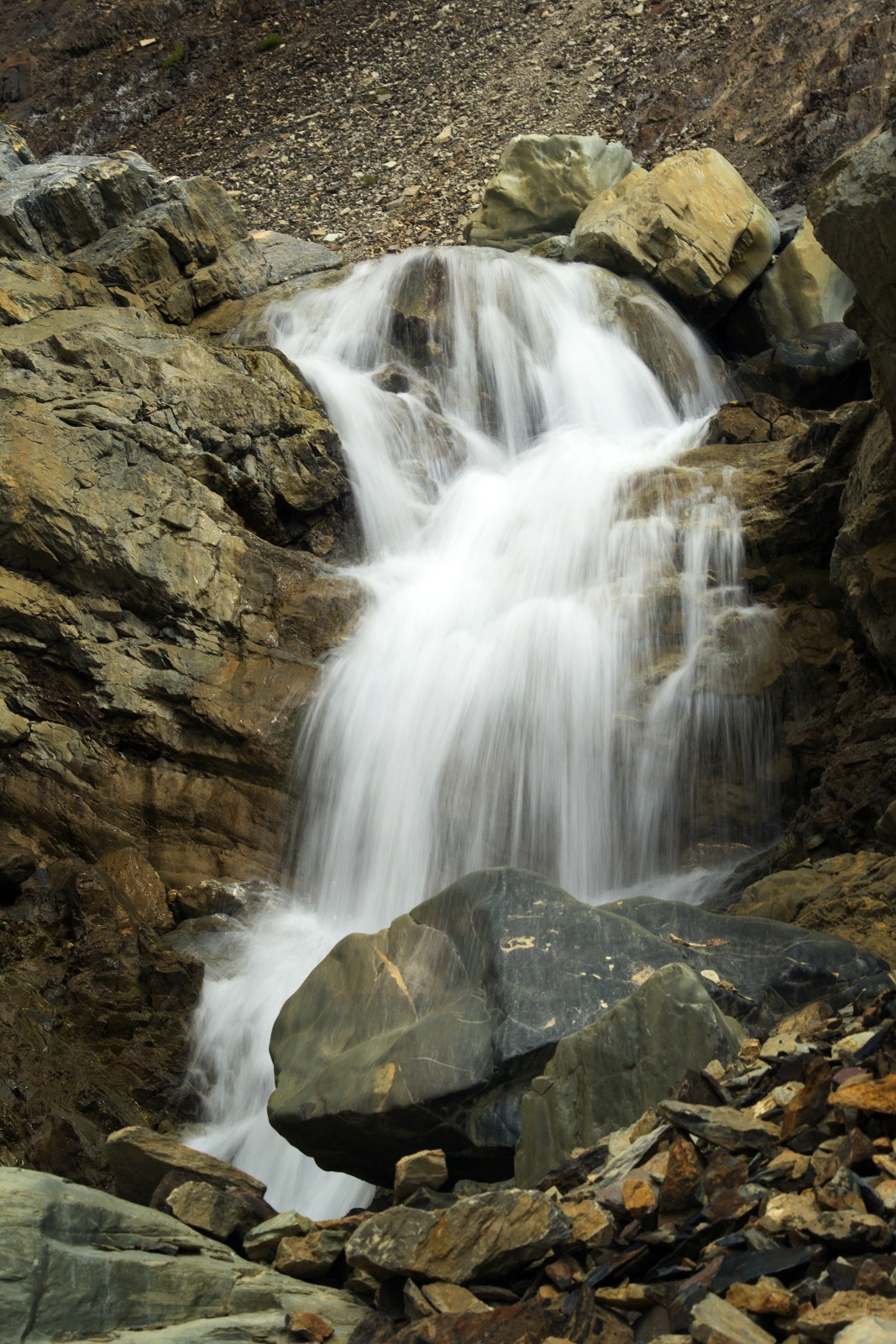 Wildlife and bird photography can be quite exciting and intriguing considering their mobility and how challenging it can be to get the photo from various views. DSLR cameras are very perfect when it comes to the speed and flexibility required in photographing wildlife and birds. A camera that guarantees performance, speed and image quality is a must have if you want the best shots for wildlife and bird photography.
Wildlife and bird photography can be quite exciting and intriguing considering their mobility and how challenging it can be to get the photo from various views. DSLR cameras are very perfect when it comes to the speed and flexibility required in photographing wildlife and birds. A camera that guarantees performance, speed and image quality is a must have if you want the best shots for wildlife and bird photography.
Understanding Macro Lens Magnification
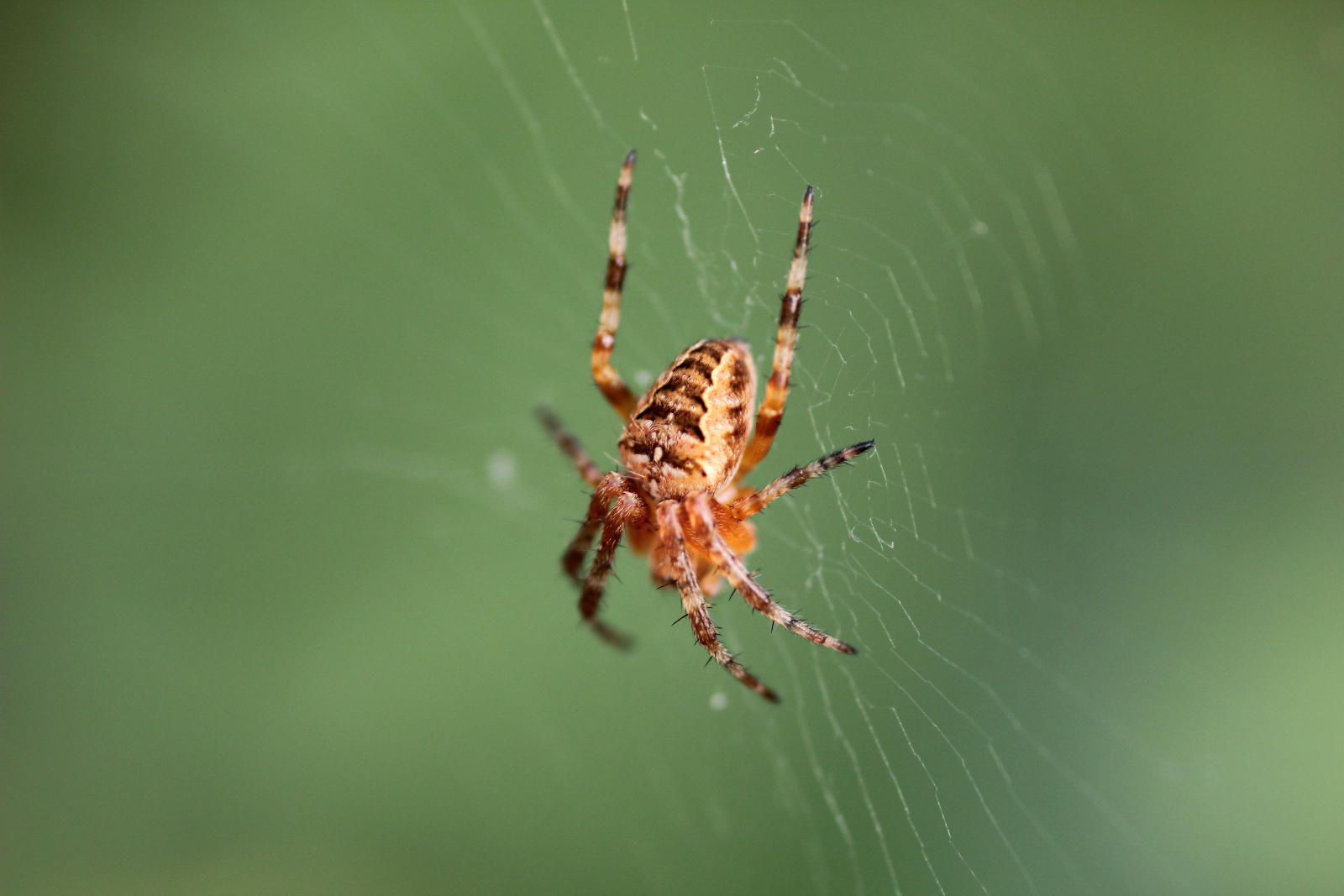 A macro lens is a lens that offers at least a magnification factor of 1.0x or 1:1, which means full life-size magnification (1x magnification). For example, that if you take a photo of a bug that is 1 inch (2.54cm) in length, the bug will appear as the same size on the camera’s sensor. That might not seem very impressive, but when you know that the 18Mp sensor in DSLR cameras enable very large format prints, the potential for creating massive enlargements from shots of tiny objects is really pretty amazing.
A macro lens is a lens that offers at least a magnification factor of 1.0x or 1:1, which means full life-size magnification (1x magnification). For example, that if you take a photo of a bug that is 1 inch (2.54cm) in length, the bug will appear as the same size on the camera’s sensor. That might not seem very impressive, but when you know that the 18Mp sensor in DSLR cameras enable very large format prints, the potential for creating massive enlargements from shots of tiny objects is really pretty amazing.
Guide to using Variable Neutral Density Filters
To any Landscape photographer, ND filters and polarizers are useful tools for great photography. Here I will be talking about the differences between constant ND filters and variable ND filters and how to use a variable ND filter. A ND filter is neutral so it should not affect colour or saturation but only reduce the amount of light.
A variable ND uses polarizing to vary the density hence you get a similar effect as a using a plain polarizer but using a wider range of polarizing effect.
Variable ND filters do use polarizing glass. These are useful in certain situations. You may own an 85mm f/1.9 legacy lens that does a great job in normal conditions. But if you happen to use that lens on a very bright sunny afternoon at the widest aperture then this lens is difficult to use in those conditions because of the blown highlights it delivers. Blown highlights are overexposed areas of the image.
Thoughts on the Tamron 16-300mm Lens
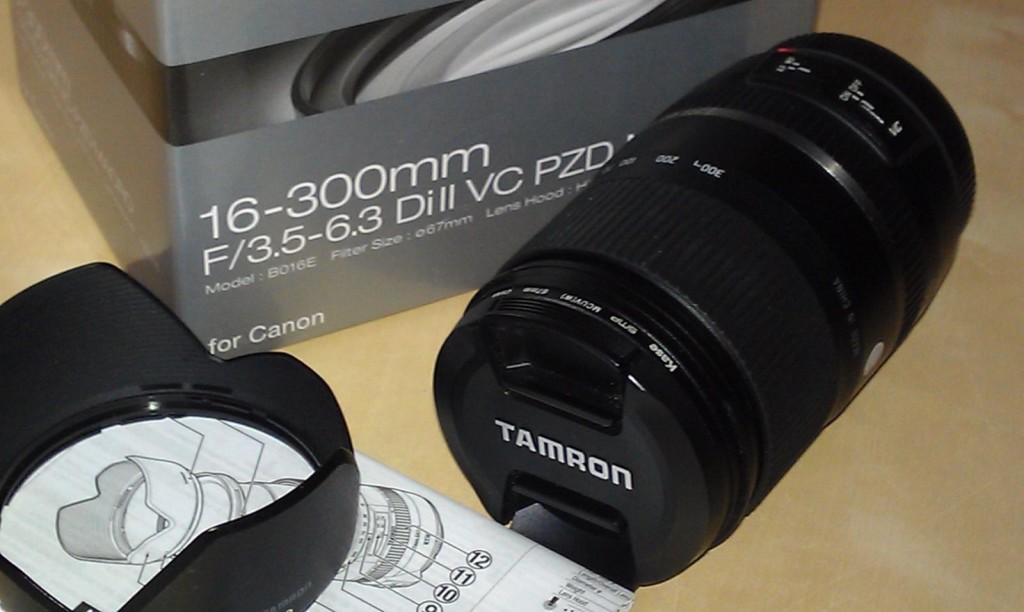 I recently purchased the tamron 16-300mm lens for my Canon 60D dslr from Wex Photographic which is a UK based online retailer specializing in cameras and camera equipment.
I recently purchased the tamron 16-300mm lens for my Canon 60D dslr from Wex Photographic which is a UK based online retailer specializing in cameras and camera equipment.
I am happy with the lens since it is weather resistant and shoots at great quality but it is not the sharpest lens out there. This should however not make a difference since it is still sharp enough and you will not notice any lack of sharpness unless you would be obsessed with pixels.
Why Shoot in Black and White?
 There is no doubt that sometimes a black & white photograph just looks right, but why? What is it that makes black & white sometimes just work better and more importantly when should you use it? Whilst the title says when to “shoot” black & white nowadays you don’t actually need to worry about shooting in black & white. It’s more important to shoot RAW, if you do this then the world is your oyster when it comes to post processing, including turning a color image to black and white.
There is no doubt that sometimes a black & white photograph just looks right, but why? What is it that makes black & white sometimes just work better and more importantly when should you use it? Whilst the title says when to “shoot” black & white nowadays you don’t actually need to worry about shooting in black & white. It’s more important to shoot RAW, if you do this then the world is your oyster when it comes to post processing, including turning a color image to black and white.
Prime Lenses Vs Zoom Lenses
Photographers are always looking out for ways in which they can enhance the quality of their photos and they know well that the type of camera one has contributes a lot to the final image that one captures. DSLR has become a great favorite for most photographers due to its versatility and effectiveness. The higher preference for DSLR cameras has brought into question, which is the most preferable lens that is equal and versatile enough to deliver great shots. The below analysis will be able to guide you accordingly and help you in making the right decision.
Using Photography as a Tool to Raise Awareness about Wildlife
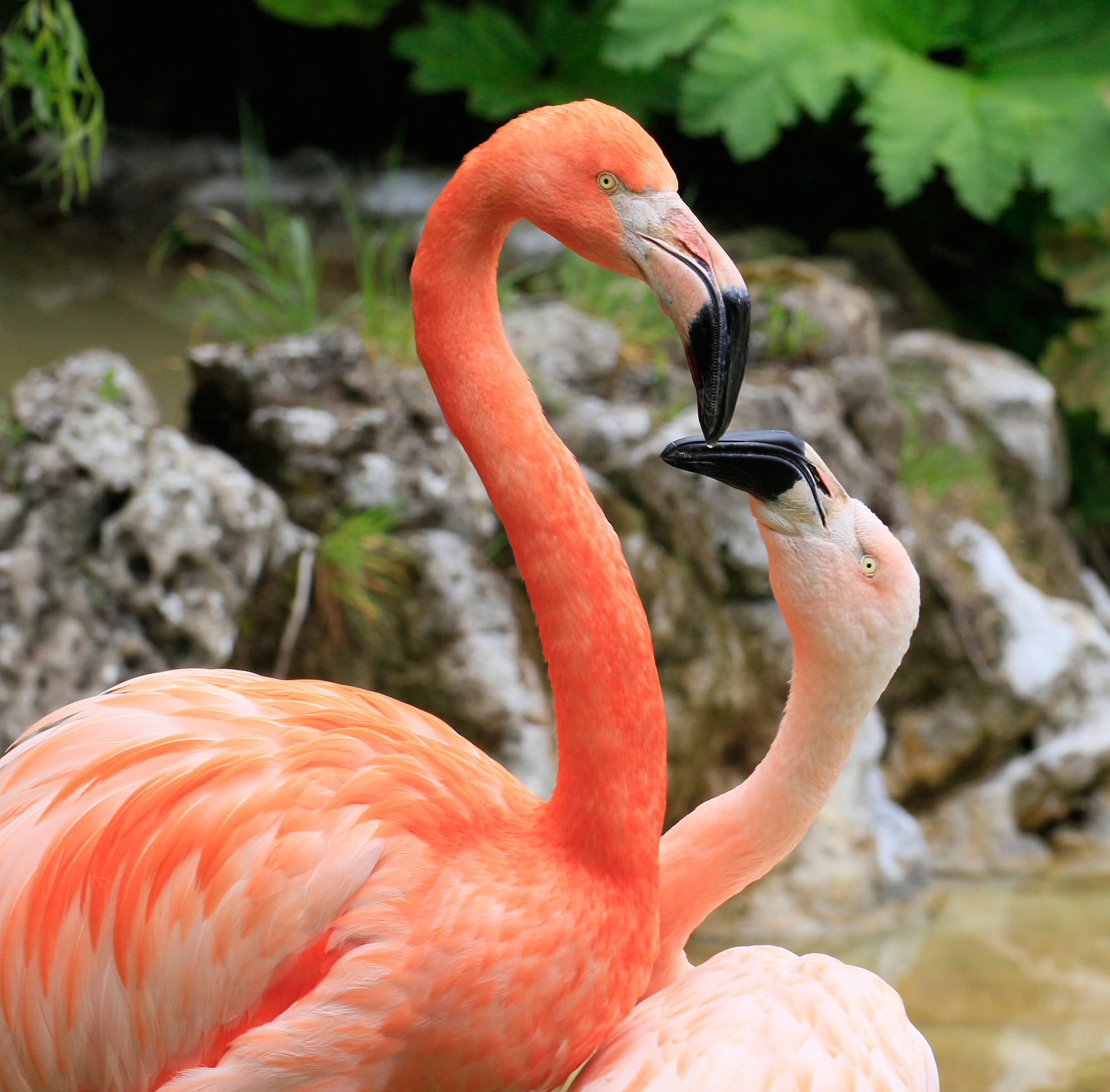 Photography is one of the best ways to raise awareness about endangered wildlife. Conservation photography may be something you have never heard of. It has been around for a long time, but just recently got an official name. Using images to make people aware of, and respond to, environmental issues works great to get these issues noticed. Almost all photographers will agree that nature and natural areas are vital to not only the environment, but also to those of us who love photography.
Photography is one of the best ways to raise awareness about endangered wildlife. Conservation photography may be something you have never heard of. It has been around for a long time, but just recently got an official name. Using images to make people aware of, and respond to, environmental issues works great to get these issues noticed. Almost all photographers will agree that nature and natural areas are vital to not only the environment, but also to those of us who love photography.
Amateur Photographers vs. Professional Photographers
While they might seem to be quite similar you may still be wondering what the difference is between a professional photographer and an amateur photographer. Is it the equipment used? Is it the hours worked? Maybe it is aptitude or information one has but not the other. Here we demonstrate the real distinction between the two, and maybe then you’ll know which group you fall into!
As professional photographers we usually use fairly expensive apparatus, including a wide variety of lenses, which include zoom. We don’t use jpeg; we use a more professional format and we utilize a wide range of apparatus to guarantee perfection in our work.
In addition, while amateur photographers may often take 2,500 to 4,000 photos at a wedding, trusting that they may give the customer enough great shots to fill an average wedding album, professional photographers are more discriminating in their choice of shot.
Filters: Uv, Polarized And Neutral Density
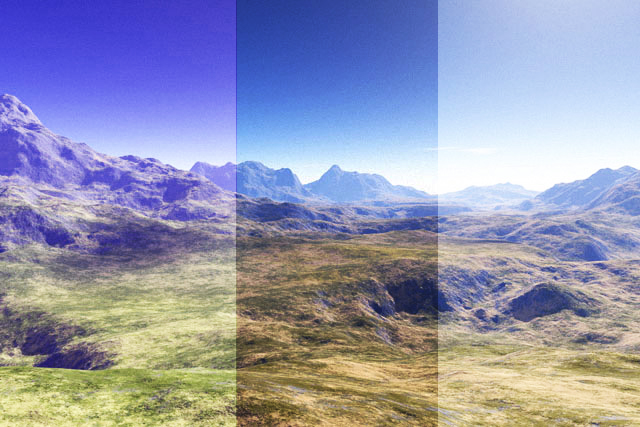 Camera filters are photography accessories that are normally attached over the lens of a camera. They are translucent optical elements that alter the properties of light entering the camera lens with the main purpose of improving the image being photographed. The main purpose of the filters is to regulate light that comes through the lens of the camera and reaches the film or the sensor. The effect of filters on the camera is to reduce glare and increase color saturation. The camera filters regulates color saturation by blocking other colors and wavelengths of light, it also affects contrast, sharpness, highlight flare, color and light intensity creating a variety of special effects.
Camera filters are photography accessories that are normally attached over the lens of a camera. They are translucent optical elements that alter the properties of light entering the camera lens with the main purpose of improving the image being photographed. The main purpose of the filters is to regulate light that comes through the lens of the camera and reaches the film or the sensor. The effect of filters on the camera is to reduce glare and increase color saturation. The camera filters regulates color saturation by blocking other colors and wavelengths of light, it also affects contrast, sharpness, highlight flare, color and light intensity creating a variety of special effects.
Everest Basecamp Trek Autumn 2008
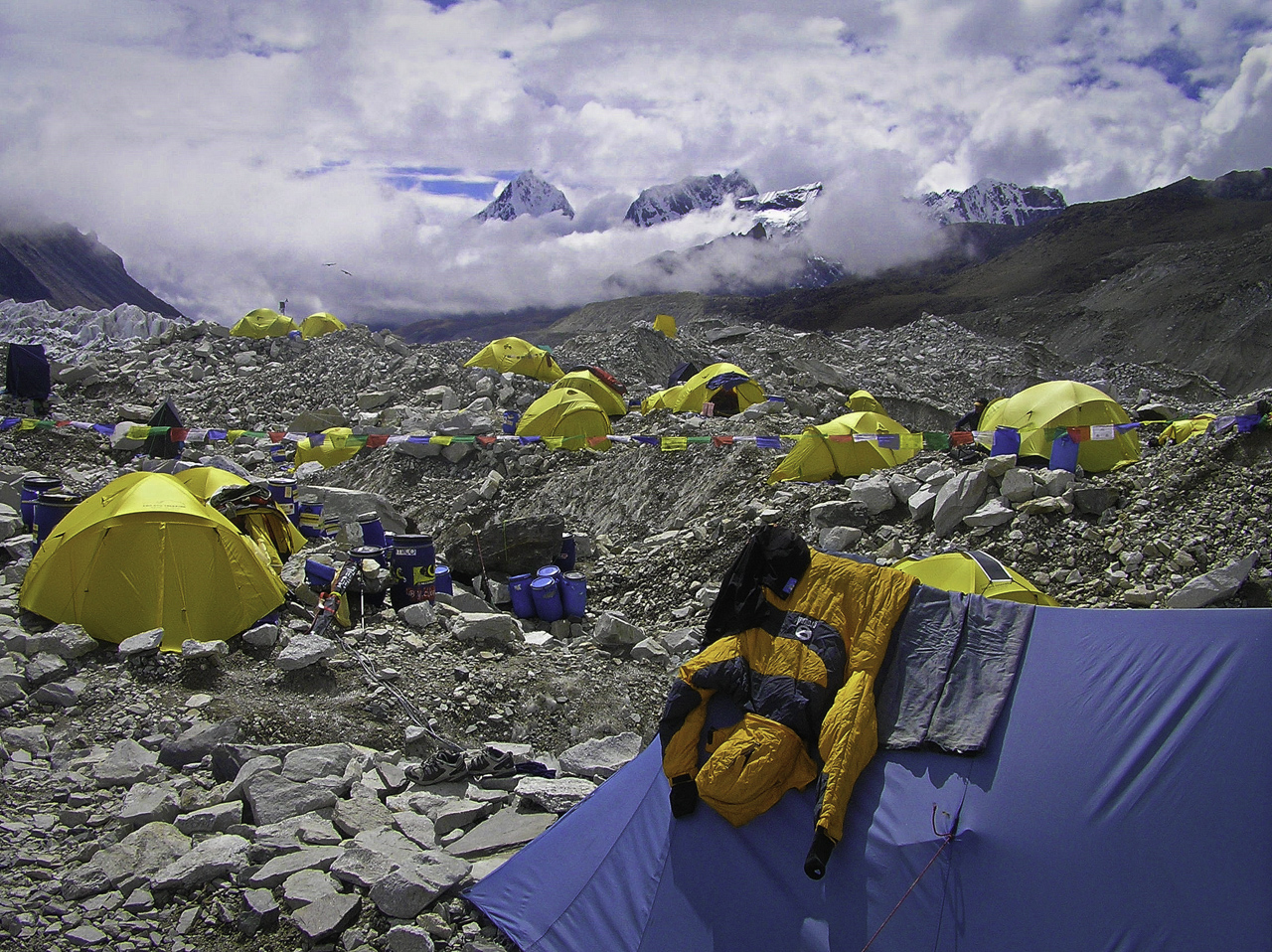 Back in September 2008, I decided to go on the Everest base Camp Trek in the Everest region of Nepal. Budget trip, cost around £550 plus some local fees. Booked through a company called Intrepid Travel. Trek lasted for 21 days. Highlights of the trek were Kala Pathar, EBC, GokyoRi, Cho La Pass and AmaDablam Base Camp. All these were around 5000m above sea level. Our guide was Ashok Phuyal, a local experienced guide. This was a good achievement for a first time trekker coming from just trekking the highest peaks in the United Kingdom.
Back in September 2008, I decided to go on the Everest base Camp Trek in the Everest region of Nepal. Budget trip, cost around £550 plus some local fees. Booked through a company called Intrepid Travel. Trek lasted for 21 days. Highlights of the trek were Kala Pathar, EBC, GokyoRi, Cho La Pass and AmaDablam Base Camp. All these were around 5000m above sea level. Our guide was Ashok Phuyal, a local experienced guide. This was a good achievement for a first time trekker coming from just trekking the highest peaks in the United Kingdom.

